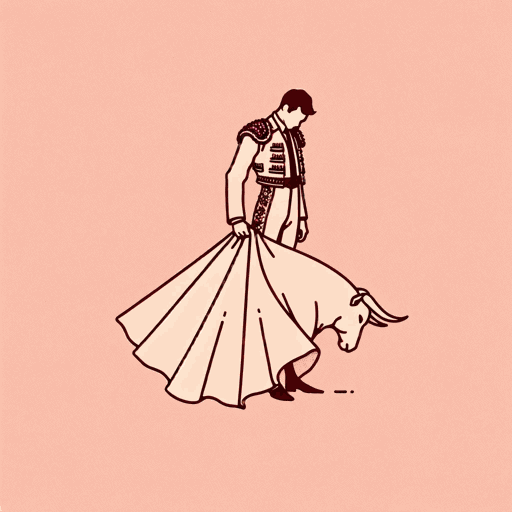90 pages • 3 hours read
Ernest HemingwayThe Sun Also Rises
Fiction | Novel | Adult | Published in 1926A modern alternative to SparkNotes and CliffsNotes, SuperSummary offers high-quality Study Guides with detailed chapter summaries and analysis of major themes, characters, and more. For select classroom titles, we also provide Teaching Guides with discussion and quiz questions to prompt student engagement.
Pre-Reading Context
Use these questions or activities to help gauge students’ familiarity with and spark their interest in the context of the work, giving them an entry point into the text itself.
Short Answer
1. Using this resource from the University of Oxford, explore the concept of the “lost generation,” a Gertrude Stein coinage that Hemingway uses as an epigraph to the novel. If this generation is so disillusioned and adrift, why is this time period marked by a proliferation of literature and art? How can death on such a huge scale also foster a moment of tremendous artistic exploration and creativity?
Teaching Suggestion: Explain that “lost” functions in two ways in the term “lost generation”: first, to explain the very real absence of men of that generation who “lost” their lives in the war; and second, to indicate how “lost” the survivors of the war felt when their core beliefs—formed by patriotism, religion, and modern civilization—disintegrated, failing to preserve the world from mass bloodshed. Introduce the six defining features of literary modernism:
I. Autonomy. Art is no longer didactic; rather, it exists for its own sake, to feed the notion that art can transcend the world.
II. Radical break in culture. The rapidity of post-war cultural changes—technological advances, urbanization, immigration, women’s rights, the emergence of sociology as an academic discipline—creates a brand new world for everyone to navigate.
Related Titles
By Ernest Hemingway
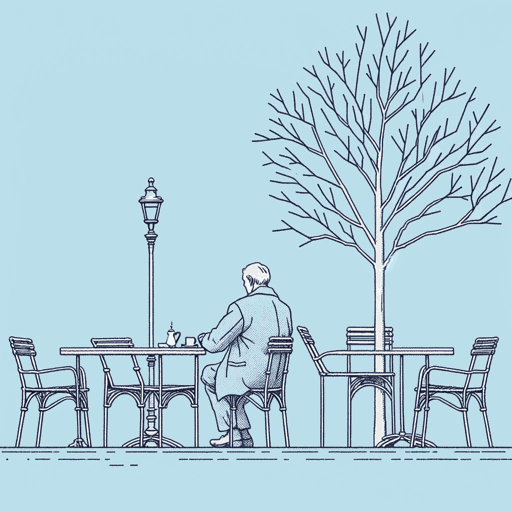
A Clean, Well-Lighted Place
Ernest Hemingway

Across the River and into the Trees
Ernest Hemingway

A Day's Wait
Ernest Hemingway

A Farewell to Arms
Ernest Hemingway

A Moveable Feast
Ernest Hemingway

A Very Short Story
Ernest Hemingway
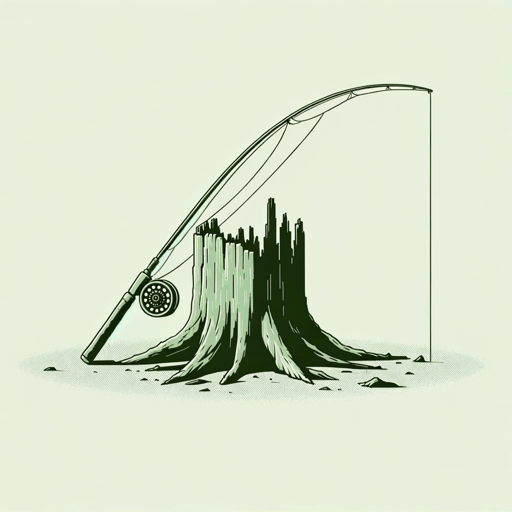
Big Two-Hearted River
Ernest Hemingway
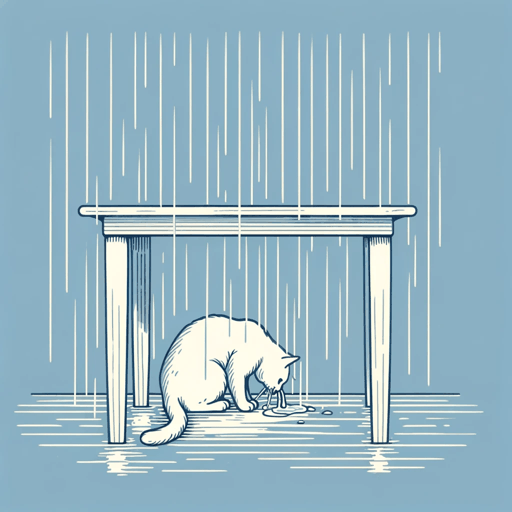
Cat in the Rain
Ernest Hemingway

For Whom the Bell Tolls
Ernest Hemingway

Green Hills of Africa
Ernest Hemingway

Hills Like White Elephants
Ernest Hemingway
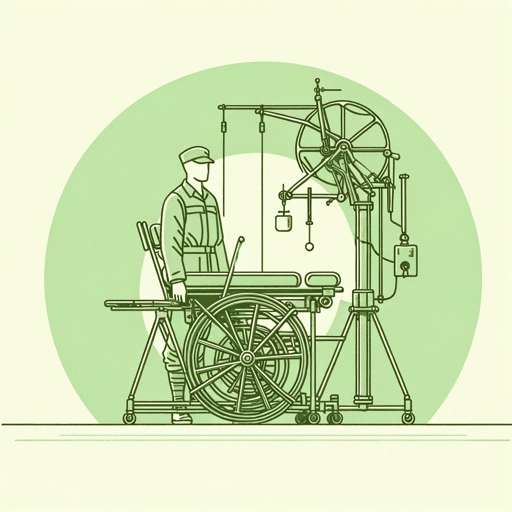
In Another Country
Ernest Hemingway

Indian Camp
Ernest Hemingway

In Our Time
Ernest Hemingway

Old Man at the Bridge
Ernest Hemingway

Soldier's Home
Ernest Hemingway

Solider's Home
Ernest Hemingway

Ten Indians
Ernest Hemingway

The Garden of Eden
Ernest Hemingway

The Killers
Ernest Hemingway
